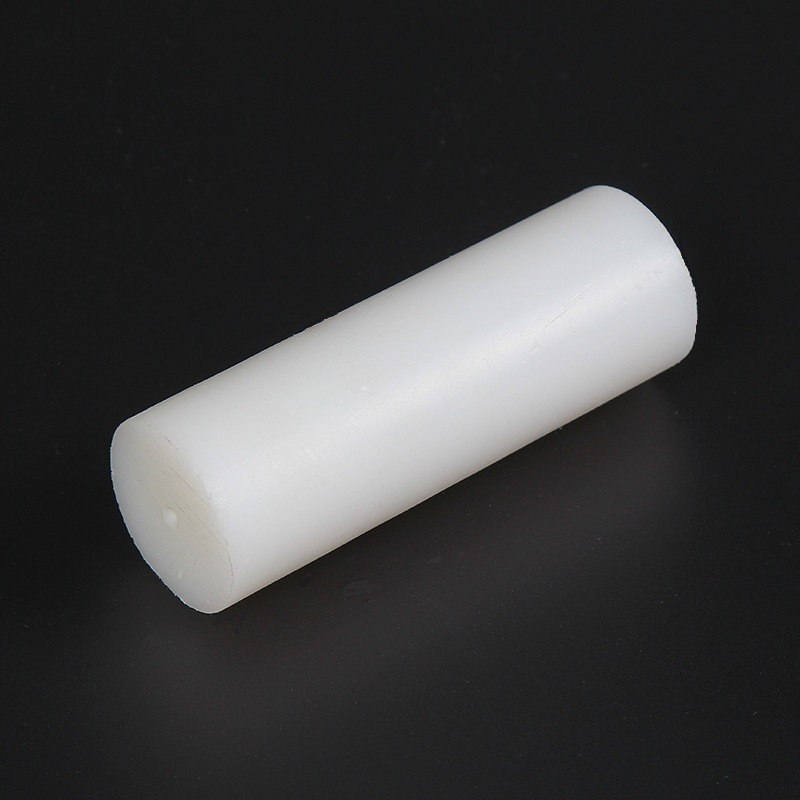
In conclusion, HDPE is an important material that has had a significant impact on the recycling industry. Although there are challenges associated with recycling HDPE, it has the potential to significantly reduce the amount of plastic waste that ends up in landfills. As we continue to develop new technologies and products made from recycled HDPE, we will be able to further reduce the environmental impact of this important material.
Ningbo Kaxite Sealing Materials Co., Ltd. is a leading provider of sealing solutions for customers around the world. Our broad range of products includes gaskets, packing, and other sealing materials, all of which are designed to meet the highest standards of quality and performance. If you have any questions about our products or services, please don't hesitate to contact us at kaxite@seal-china.com.
1. J. M. Oyarzun, et al. (2013). "Recycling of high-density polyethylene (HDPE) by down-gauging", Journal of Material Cycles and Waste Management, 15(4), pp. 445-450.
2. Y. Qiao, et al. (2016). "Studies on the properties of polyethylene terephthalate (PET)/high-density polyethylene (HDPE) blends and its recycling possibility", Journal of Applied Polymer Science, 133(36).
3. L. Chen, et al. (2018). "Flame retardant activity of nanoclay modified high-density polyethylene (HDPE) composites", Polymer Degradation and Stability, 152, pp. 234-242.
4. H. Lim, et al. (2019). "Effect of water absorption on mechanical properties of kenaf fiber hybridized high density polyethylene (HDPE) biocomposites", Materials Today Communications, 21, article 100634.
5. Y. Mao, et al. (2017). "Effects of processing conditions on the mechanical properties of wood flour/high-density polyethylene (HDPE) composites", Journal of Reinforced Plastics and Composites, 36(2), pp. 86-92.
6. K. S. W. Sing, et al. (2016). "Treatment of high-density polyethylene (HDPE) by pre-processing microwave plasma and atmospheric plasma for reducing moisture absorption and improving adhesion with epoxy", Journal of Adhesion Science and Technology, 30(4), pp. 406-417.
7. V. Padella, et al. (2019). "A study on the effect of welding speed on mechanical and thermal properties of high-density polyethylene (HDPE) pipes using butt-welding technique", International Journal of Plastics Technology, 23(1), pp. 5-13.
8. C. Rüb, et al. (2013). "Energy from combustion of residual biomass, plastic (HDPE) waste, and waste vegetable oil", Energy Conversion and Management, 76, pp. 290-294.
9. M. M. S. Hossain, et al. (2017). "Mechanical and thermal properties of high-density polyethylene (HDPE)/carbonized char powder composites fabricated by hot-pressing method", Journal of Material Cycles and Waste Management, 19(2), pp. 637-646.
10. R. S. Chaube, et al. (2016). "Development and characterization of wood plastic composites using modified high density polyethylene (HDPE)", Journal of Reinforced Plastics and Composites, 35(10), pp. 747-757.